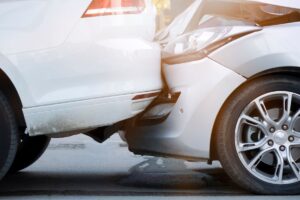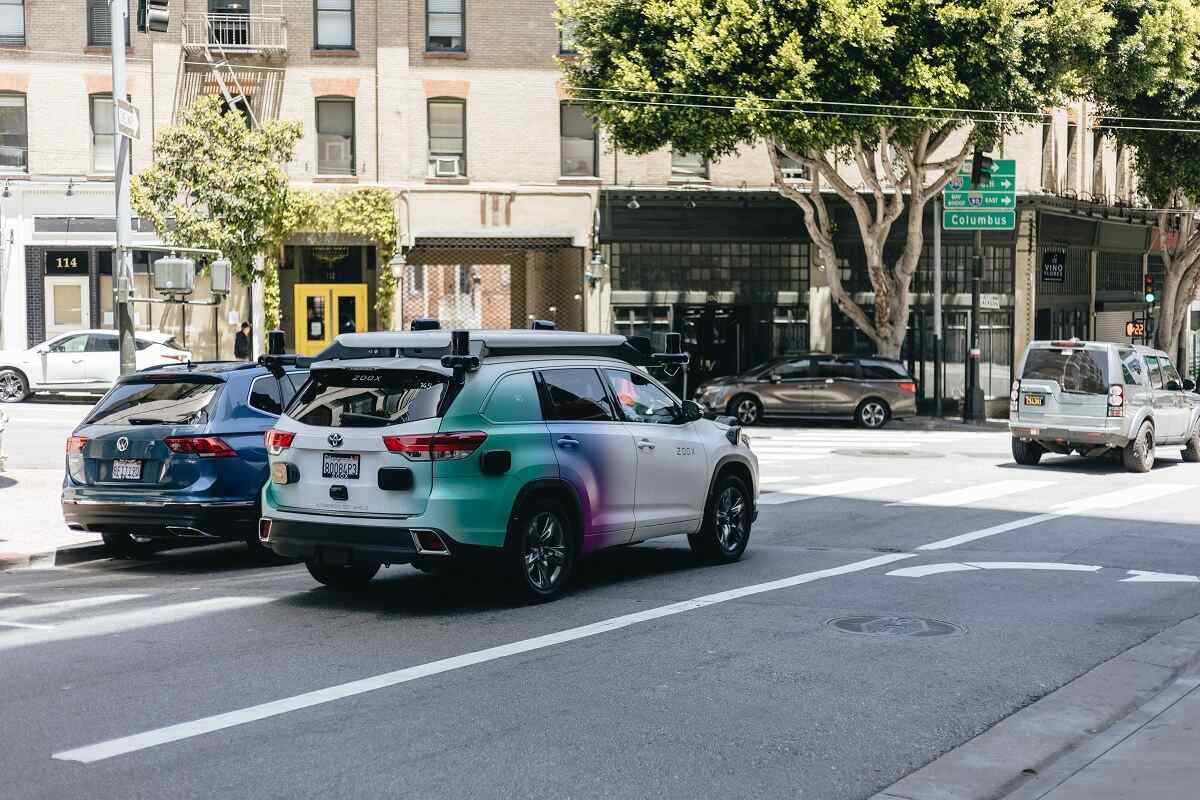Autonomous driving is one of the most fascinating technological advances of our time. For a long time, the idea of vehicles navigating our roads autonomously was just science fiction. But thanks to the constant development of sensor technologies, artificial intelligence and connectivity, the vision of the future is coming ever closer. In this blog post, we take a look at the basics of autonomous driving, its benefits and the challenges that come with it.
Contents
What does autonomous driving mean?
- Level 1 – Assisted driving: The vehicle can take over individual driving functions in certain situations, such as steering or braking, but still requires active driver involvement. Assistance systems such as an automatic lane departure warning system or automatic adaptive cruise control support the driver, who must remain in control of the vehicle and keep an eye on the traffic.
- Level 2 – Partially automated driving: The vehicle can perform two or more driving functions simultaneously, such as steering and accelerating, but the driver must be able to monitor and intervene. The driver could theoretically take their hands off the steering wheel, but is not allowed to do so for legal reasons.
- Level 3 – Highly automated driving: The vehicle can drive autonomously in specific situations and only requires driver intervention in exceptional cases. The driver can, for example, make phone calls or read while driving a level 3 vehicle.
- Level 4 – Fully automated driving: The vehicles drive completely autonomously, e.g. on the highway or in a parking garage. Although a steering wheel is installed and provides the option of intervening, drivers can sleep or watch a movie while driving.
- Level 5 – Complete automation: At this level, the driver becomes a passenger. The vehicle can drive autonomously in all situations and under all conditions, without human intervention. There is also no longer a steering wheel. The first level 5 vehicles are already on the road, transporting food.
The development of autonomous driving
Research in the field of autonomous driving began back in the 1920s with the first concepts. However, the technology has only become more relevant in recent decades thanks to advances in artificial intelligence and sensor technology. Today, vehicles with different levels of autonomy can be found on the roads, with level 2, semi-automated driving, being the most common.
In May 2021, the Bundestag and Bundesrat in Germany passed the law for the legal framework of autonomous driving.open_in_new This allows the operation of level 4 vehicles on freeways and certain roads, which can drive autonomously in certain situations. However, a driver must be present to take control in an emergency.
The forecast for the future of autonomous driving is promising. Experts expect to see more level 3 and level 4 vehicles on the roads in the coming years. The technology has the potential to increase road safety and improve traffic flow. However, questions regarding liability, data protection and acceptance remain to be clarified before autonomous driving becomes a reality on a larger scale.

The advantages of autonomous driving
Autonomous driving also raises legal and ethical questions
In addition to the advantages, the introduction of autonomous vehicles also raises legal and ethical dilemmas. In the event of accidents, liability issues are at the forefront: is the driver, the manufacturer or the software used responsible? The role of the driver in particular is changing: from active control to monitoring and intervening in emergencies. As a result, the understanding of driver liability and responsibility must be redefined.
Data protection is also becoming increasingly complex and questions about data security and use are being raised as vehicles collect personal data. Moral decisions in emergency situations are particularly difficult. Algorithms may have to weigh up lives in accidents, such as those of vehicle occupants against those of pedestrians. Determining such priorities is a complex task. Legal frameworks must provide clarity on how to resolve such dilemmas in order to ensure acceptance and trust in the technology.
Autonomous vehicles and pilot projects: Is the future of mobility already here?
The most important facts about autonomous driving
Autonomous driving describes vehicles that move without human intervention. Sensors, artificial intelligence and algorithms record and interpret the surroundings.
Autonomous vehicles are intended to reduce the risk of traffic accidents, traffic jams and congestion, which in turn leads to lower fuel consumption and fewer emissions.
However, the introduction of autonomous vehicles also raises complex legal and ethical issues, particularly in relation to liability, data protection, decision-making responsibility in emergency situations and the need for international cooperation to resolve these challenges.
Further Fleet Knowledge
If you liked this article and would like to know more about this topic, we recommend these articles.

E-car as a company car: taxes, costs and insurance



